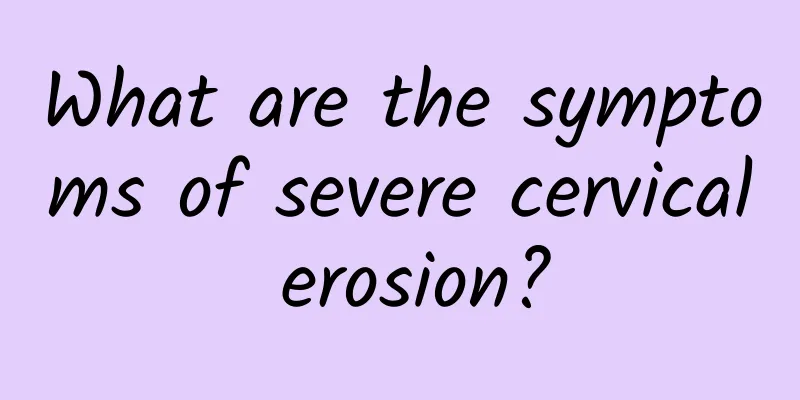Cases of Cervical Precancerous Lesions Cured

|
Cervical cancer is the only cancer among all human cancers that has a clear cause, can be prevented and treated early, and can be eliminated. Clinical practice shows that the cure rate for cervical cancer before stage zero is almost 100%. However, due to the lack of symptoms in the early stage and the lack of awareness of early screening, 80% of patients are already invasive cancer when diagnosed, which is very regrettable. Therefore, women should establish early screening awareness and go to the hospital regularly for HPV virus testing and cytology screening. Cervical cancer screening generally includes cytology and HPV virus testing. Cytology is the first step for women to screen for cervical cancer. Compared with the traditional Pap smear test, the cervical cancer screening method we currently recommend is liquid-based cell testing. It is the best early detection method for cervical cancer determined by the World Health Organization. Generally, we recommend that women under 30 years old only have a cytology test once a year. If the test results are negative for several consecutive years, you can consider extending the test interval. Women over 30 years old need to add HPV virus testing on top of the annual cytology test. The reason why HPV testing is not recommended for young women is that HPV infection in young women is usually short-lived and will not cause significant harm to the body. The virus is usually "swept away" by the immune system within 8 to 12 months, and no longer than two years. The pathological process of cervical cancer is divided into hyperplasia, atypical hyperplasia, carcinoma in situ, early invasive cancer, and invasive cancer. From atypical hyperplasia (i.e. precancerous lesions) to carcinoma in situ, the shortest time is 5 years, the longest can be up to 20 years, and generally about 10 years. The reason why we recommend screening is to detect precancerous lesions at an early stage. If they can be treated promptly and appropriately during the precancerous lesion stage, the cure rate of the disease is almost 100%. It is worth mentioning that in clinical practice, many women panic when they see the words "precancerous lesions". In fact, precancerous lesions are not cancer, but the intermediate state between benign and malignant lesions of the cervix and the general term for very early cancer. It is actually very lucky to start intervention at this time, which can eliminate cancer in its infancy. |
<<: LEEP treatment of cervical precancerous lesions
>>: Can cone biopsy of cervical precancerous lesions be cured?
Recommend
What is the reason for irregular menstruation in girls? Do these 5 exercises to help you avoid irregular menstruation
As we all know, exercise is very beneficial for a...
Hyperprolactinemia test criteria
Hyperprolactinemia is a common benign prolactin i...
Analysis of the main causes of ectopic pregnancy
Ectopic pregnancy is a relatively dangerous gynec...
The most feared thing when losing weight is edema. Not only can lifting your feet eliminate it, but with these 4 tips, eliminating edema is no longer a dream!
People who want to lose weight are troubled by lo...
How to increase menstrual flow
If you want to increase your menstrual flow, you ...
Complications of painless abortion
Complications of painless abortion: Painless abor...
Treating vaginitis with TCM differentiation of symptoms
Traditional Chinese medicine believes that vagini...
What are the main hazards of cervical precancerous lesions?
The harm of cervical precancerous lesions to wome...
Every time I have back pain, I have abnormal vaginal discharge
Lower back pain accompanied by abnormal vaginal d...
Cost of Hyperprolactinemia Recovery
How much does it cost to recover from hyperprolac...
How to cure irregular menstruation?
Some people are under a lot of pressure at work, ...
What are the dangers of hyperprolactinemia during pregnancy?
What are the hazards of hyperprolactinemia during...
What are the symptoms of cervicitis
Symptoms of cervicitis mainly include increased v...
Multiple sexual partners caused her to suffer from pelvic inflammatory disease
Lily is a beautiful girl, but she doesn't lik...
What are the symptoms of postpartum adnexitis
Symptoms of postpartum adnexitis include lower ab...









